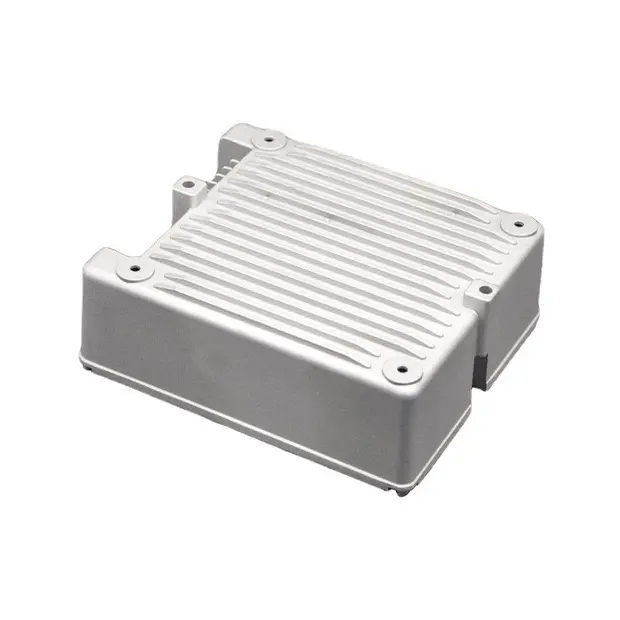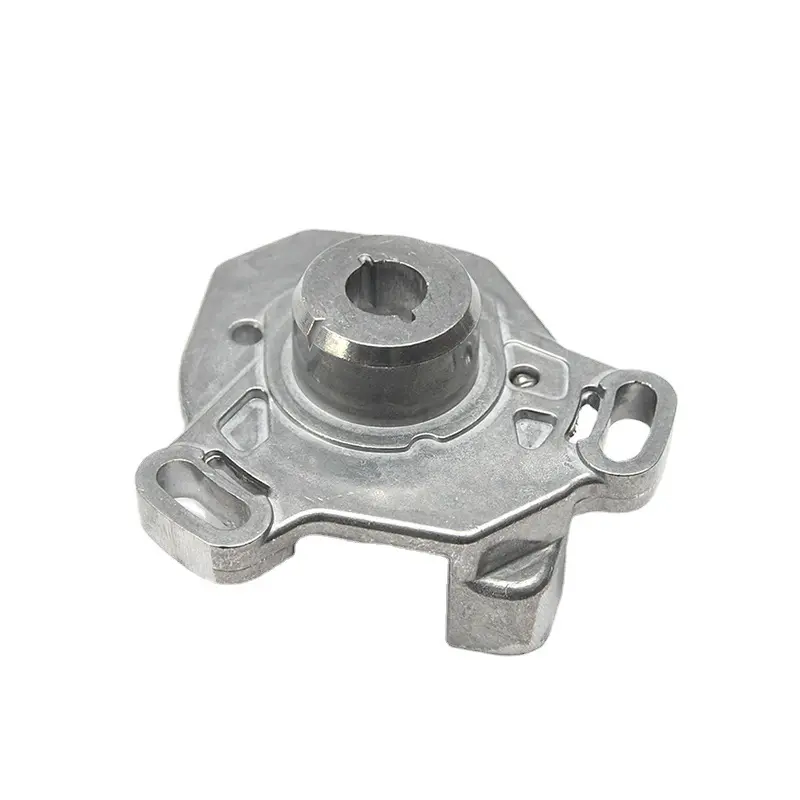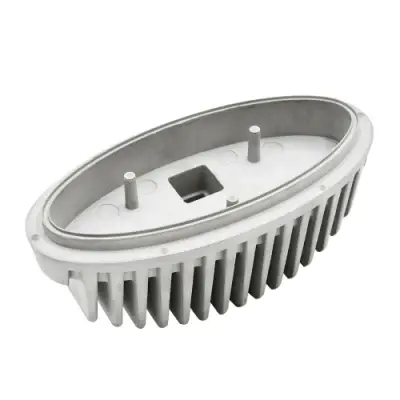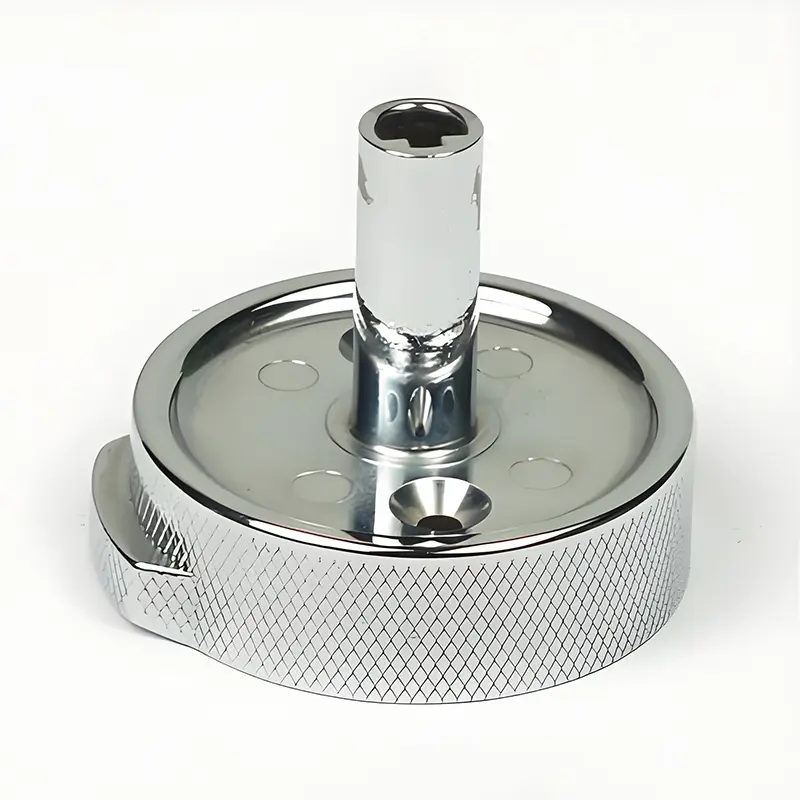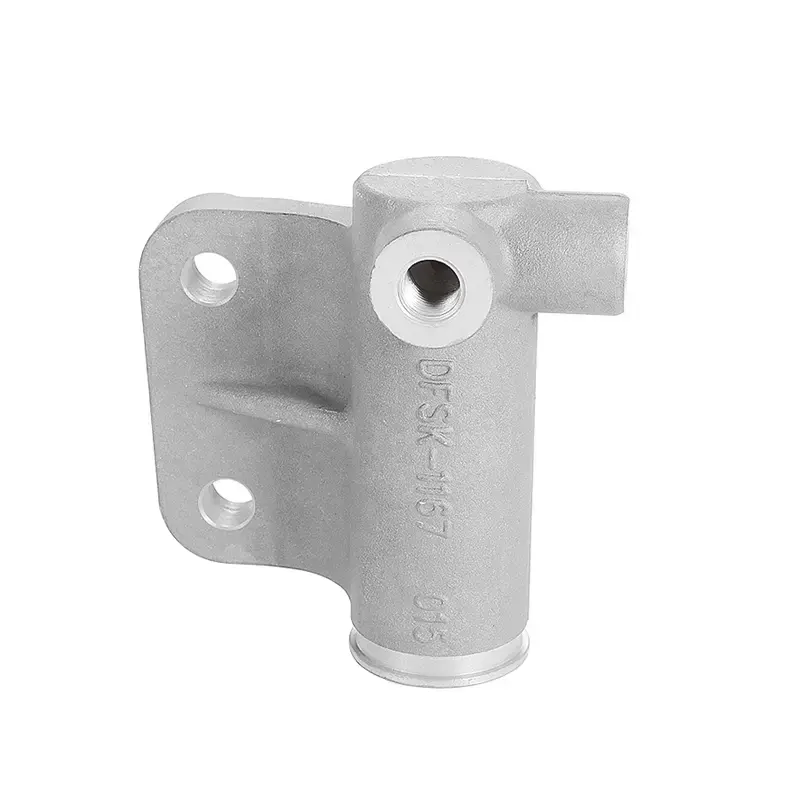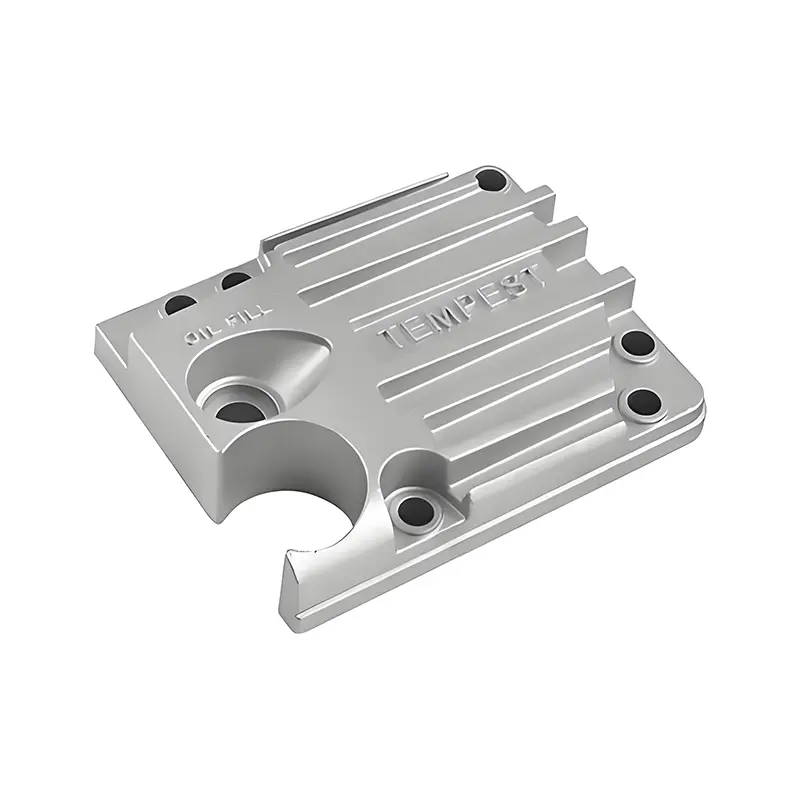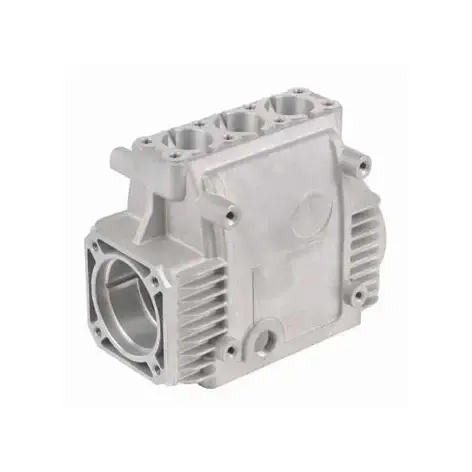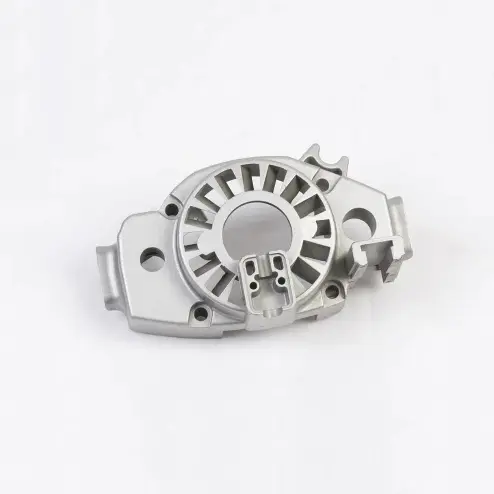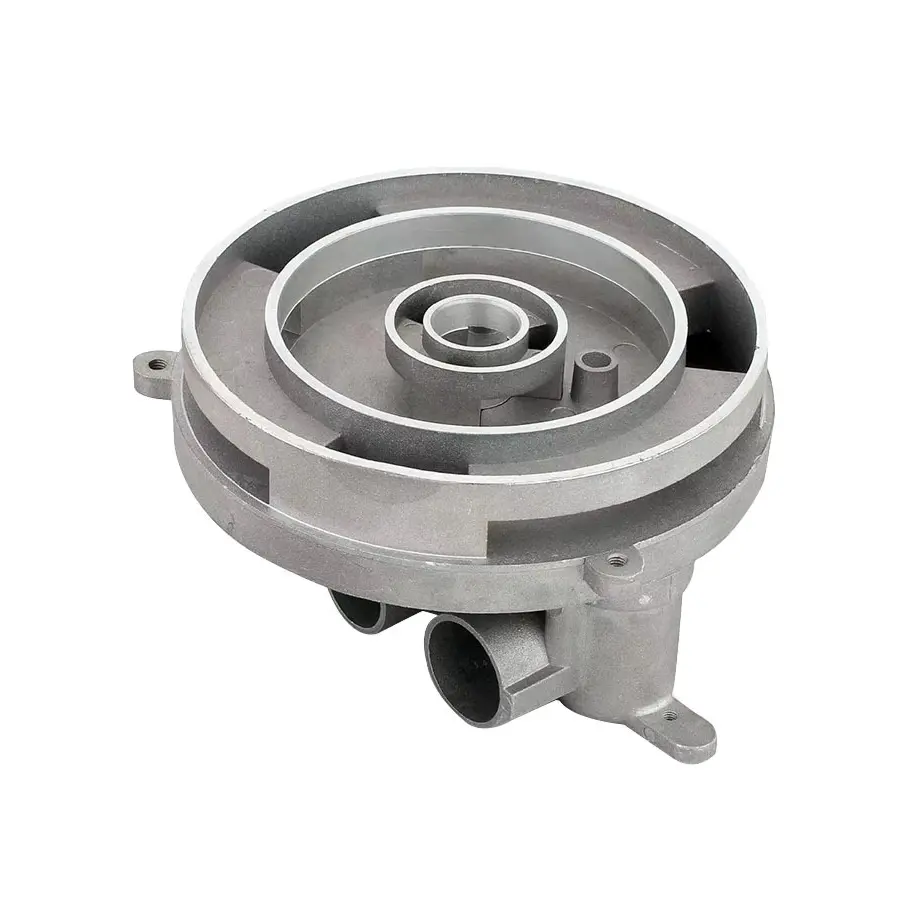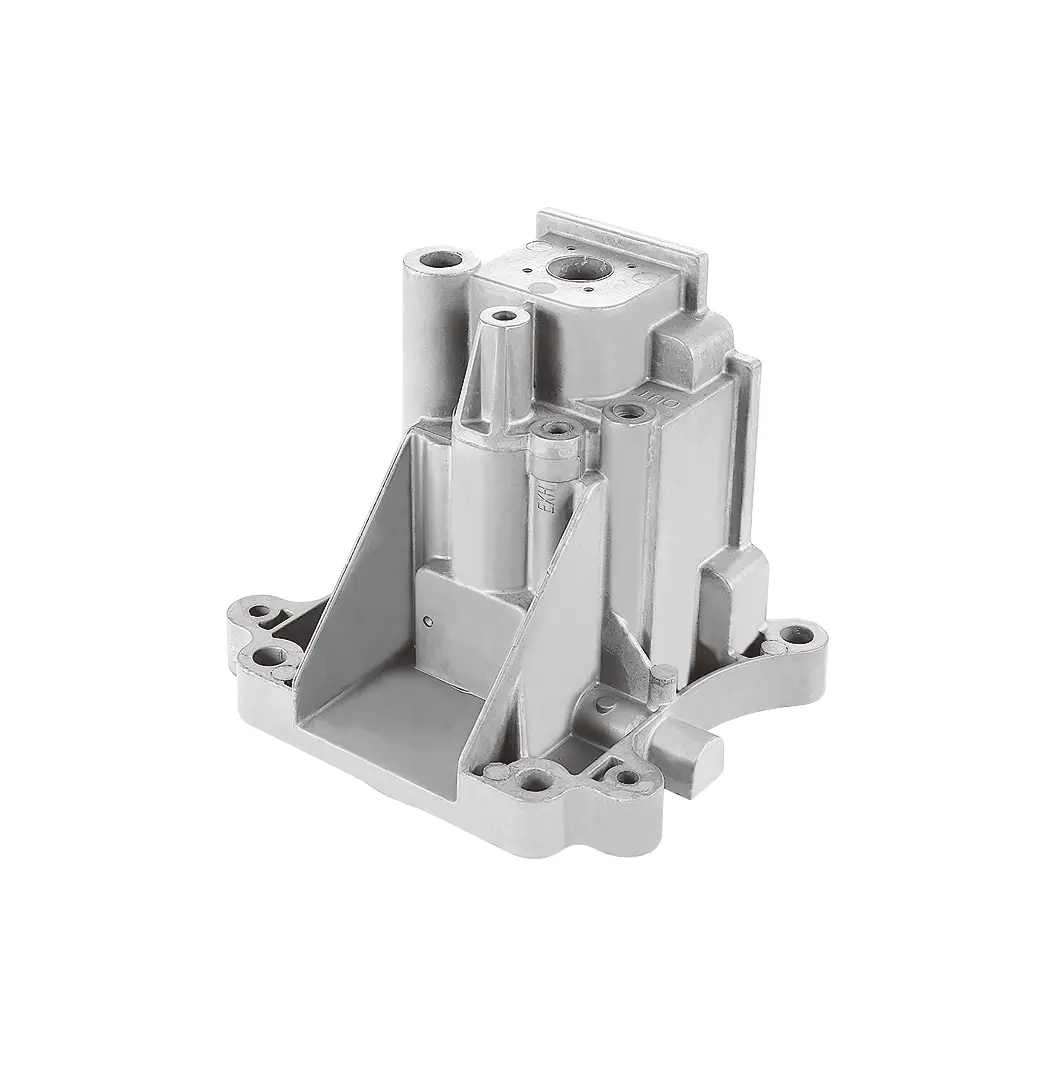 +86-13516964051
+86-13516964051 Alloy High-Pressure Casting: How Does Melting Temperature Determine Casting Quality?
Alloy High-Pressure Casting: How Does Melting Temperature Determine Casting Quality? A Must-Read Guide for Buyers
In the aluminum alloy high-pressure casting industry chain, buyers are always most concerned with the stability of casting quality. Whether it's the mechanical strength of automotive parts, the dimensional accuracy of electronic components, or the corrosion resistance of industrial structural parts, these factors are ultimately closely linked to key parameters in the production process. Among the many influencing factors, melting temperature is a crucial factor, directly determining the fluidity, purity, and molding quality of the molten aluminum alloy, and even influencing the scrap rate and service life of the casting. This article will analyze the deep connection between melting temperature and casting quality from a buyer's perspective, helping you accurately assess the process capabilities of your supplier when selecting one.
1, Understanding: Why is the melting temperature in aluminum alloy high-pressure casting "critical"?
The core principle of aluminum alloy high-pressure casting is to press molten aluminum alloy into the mold cavity at high pressure and speed, rapidly forming complex structural parts. This process presupposes that the molten aluminum alloy reaches its optimal state—it must be fluid enough to fill every detail of the mold while also avoiding degradation due to overheating.
Different grades of aluminum alloy (such as A356, A380, and 6061, commonly used by buyers) have significantly different melting points and optimal melting temperature ranges.
For example, A356 aluminum alloy (commonly used in automotive wheels and engine mounts) has a melting point of approximately 615-655°C, requiring an optimal melting temperature of 650-680°C.
A380 aluminum alloy (preferred for electronic housings and connectors) has a lower melting point (approximately 570-600°C), requiring a precise melting temperature of 620-650°C.
Temperature deviations exceeding ±15°C can lead to a range of quality issues, which often become apparent only after the casting is formed, resulting in additional costs for buyers in the form of rework and product returns. 2. Too Low a Temperature: Castings Have "Inherent Deficiencies," These Defects Are the Most Common
For buyers, castings made at too low a melting temperature may appear "outwardly intact," but they actually harbor hidden flaws and are highly susceptible to failure during later use. These defects primarily manifest in three areas:
1. Poor Fluidity: Dimensional accuracy is substandard, and mold details cannot be filled.
The fluidity of molten aluminum alloy is positively correlated with temperature. When the temperature is too low, the viscosity of the molten metal increases dramatically, acting like "cooling syrup," making it unable to quickly fill narrow mold gaps, thin walls, or complex cavities under high pressure. Buyers may receive castings with:
Edge defects and incomplete corners (e.g., broken clips on electronic components or deformed mounting holes on automotive parts);
Uneven wall thickness and localized "necking," resulting in reduced mechanical properties (e.g., insufficient compressive strength in load-bearing components). In a case study involving automotive parts procurement, a supplier's A356 aluminum alloy melt temperature was below 640°C, resulting in incomplete filling of the spokes in wheel hub castings. This caused the scrap rate to soar to 23%, ultimately delaying vehicle assembly.
2. Lack of Fusion/Inclusions: Impurities hidden within the casting reduce both strength and corrosion resistance.
If the melting temperature does not reach the critical value for complete melting of the alloy, undissolved particles of alloying elements such as silicon and magnesium will remain in the molten aluminum, or impurities such as slag and oxides may be mixed in. These "foreign matter" can form within the casting:
Lack of Fusion: Castings are prone to fracture at impurity sites when subjected to stress. For example, the service life of a connector on an industrial robot arm was shortened from five years to one year due to lack of fusion.
Oxide Inclusions: These impurities can damage the aluminum alloy's density and cause rapid corrosion in humid, acidic, or alkaline environments. (For example, aluminum alloy brackets for outdoor equipment can experience surface flaking within six months.) For buyers who prioritize long-term performance (such as those in the new energy vehicle and medical device sectors), the harm of these hidden defects far outweighs appearance issues, potentially leading to safety incidents and brand risks.
3. Increased Porosity: Castings "Breathe" Poorly, Losing Sealing Performance
When the temperature is too low, the molten aluminum alloy cannot fully release dissolved hydrogen (commonly referred to in the casting industry as "incomplete degassing"). This hydrogen condenses into tiny pores during the cooling process of the casting. If the buyer is purchasing seals (such as hydraulic valve blocks and water pump housings), pores can lead to:
Leakage under high-pressure conditions (e.g., hydraulic system pressure drops, causing it to malfunction);
Degraded thermal and electrical conductivity of the casting (e.g., electronic radiators can experience a 30% reduction in heat dissipation efficiency due to pores).
3. Excessive Temperature: Excessive Casting Loss, Losing Both Cost and Quality
Compared to excessively low temperatures, excessively high melting temperatures are more easily overlooked—the molten aluminum may appear "perfectly fluid," but in reality, its composition has degraded, resulting in losses for the buyer.
1. Alloying Element Burnout: Performance deviates from standards and fails to meet usage requirements.
Low-melting-point elements in aluminum alloys, such as magnesium and zinc, volatilize rapidly at high temperatures (this is known as "burnout"). For example, if the melting temperature of A380 aluminum alloy exceeds 670°C, the magnesium burnout rate increases from 5% to 15%, resulting in:
A 10%-15% decrease in the tensile strength of the casting (e.g., electronic housings are prone to cracking when impacted);
Deteriorated corrosion resistance (e.g., castings used in marine environments may develop white spot corrosion within three months).
If buyers accept castings based on the performance requirements of standard grades, they may find that the actual casting parameters seriously deviate from the contractual specifications, forcing them to re-purchase, increasing time and financial costs.
2. Coarse Grain Size: Castings become brittle, and impact resistance plummets.
High temperatures cause coarse metal grains to form as the aluminum alloy cools, acting like loose building blocks, significantly reducing structural stability. When subjected to shock and vibration (such as automotive chassis components and connectors for construction machinery), these castings are prone to:
Brittle fracture (sudden cracking without noticeable deformation);
Shortened fatigue life (rapid failure after repeated stress, such as cracking in automotive suspension parts after 10,000 kilometers of use).
A construction machinery buyer reported that their supplier controlled the melting temperature of 6061 aluminum alloy at 700°C (far exceeding the standard 650-680°C), causing a bucket connector to break during testing, directly damaging 200,000 yuan worth of testing equipment.
3. Severe Oxidation: Surface "Crusting" of the Casting, Increasing Processing Costs
Excessive temperatures accelerate the reaction between molten aluminum alloy and air, forming a thick oxide film (Al₂O₃). If this oxide film mixes with the molten aluminum, it can form on the Casting Surface:
Pits and scars (e.g., external parts require additional grinding and polishing, increasing processing costs by 20%);
Excessive surface roughness (e.g., sealing surfaces will not fit properly, requiring re-milling). For buyers who prioritize appearance (such as those in the consumer electronics and automotive interiors sectors), these defects can lead to direct scrapping of castings or require costly repairs.
4. How can buyers assess a supplier's ability to control melting temperatures? Three key dimensions
After understanding the impact of melting temperature, buyers can use the following three key points to accurately assess the process capabilities of aluminum alloy high-pressure casting suppliers and avoid pitfalls:
1. Review temperature monitoring equipment and records
Professional suppliers will be equipped with real-time infrared thermometers, automatic furnace temperature control systems, and maintain records of melting temperature profiles for each batch (e.g., recording temperatures every 10 minutes, with a tolerance of ±5°C). Buyers can request the supplier to provide the past three months of temperature records. If frequent temperature fluctuations (exceeding ±10°C) or incomplete records are observed, suppliers should be cautious. 2. Require Casting Quality Inspection Reports
Qualified suppliers will conduct metallographic analysis (to check grain size), mechanical property testing (tensile strength, hardness), and non-destructive testing (X-ray and ultrasonic testing for porosity and inclusions) on each batch of castings. Buyers can focus on:
Whether the grain size meets standards (e.g., A356 aluminum alloy grain diameter should be ≤100μm);
Whether the porosity is ≤2% (for seals, ≤1%);
Whether the alloying element content is within the standard range (e.g., A380 aluminum alloy magnesium content should be controlled between 0.1-0.3%).
3. Investigate the supplier's degree of process standardization
Established suppliers will develop clear melting process documentation for different aluminum alloy grades, including:
Optimal melting temperature ranges and heating rates for different alloys;
The timing of degassing and slag removal (e.g., first degassing at 650°C);
Operator training and assessment mechanisms (e.g., regular assessment of temperature control skills). Buyers can use on-site inspections or video factory audits to verify that suppliers strictly adhere to process standards and avoid workshop-style production based on experience.








